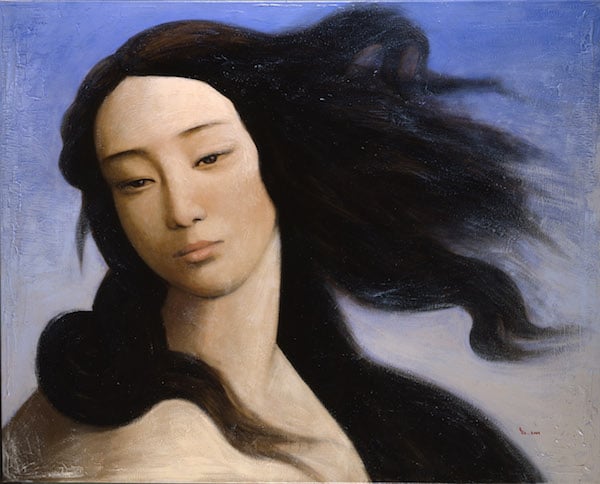I know, I know, I'm a blogpost down and so we shall skim over that detail, and hope that I remember in the next week that I need to top up...
So this blogpost is actually cheating a bit because I'm going to call it research; I find it much easier having something to 'talk to', if you like, rather than feeling weird writing informally on a word document.
By way of finding something 'visual' to grasp on to for this essay, I thought that watching some films would be a great way to put myself within a time and space in Hong Kong so that I can get a feel for the atmosphere. The main thing I wanted to avoid was anything too 'Hollywood' if you like, as of course Hong Kong cinema has had a remarkable global enthusiasm. But I was looking for something that could speak about life in small spaces, in a time of anxiety that could in some ways, be honest. Some of the reading I had been doing recommended Fruit Chan's Handover Trilogy, which turns out to be some legendary Hong Kong independent cinema. Most importantly, it was specifically commenting on the anticipation of the 1997 handover (hence its title) in the 'present', i.e. Made in Hong Kong, the first of the trilogy, was released in October of that year.
In terms of space, and the visualisation of
a HK space in particular, cinema is a way to observe a dramatized version of
this space. It nevertheless, can tell valuable narratives, not only in the
physicality of the space (hyperdensity, the crossover of public and private
in the ‘home’, establishing what ‘home’ looks and feels like in HK) but also
the atmosphere, the tension, the relationships held and let go of, in the interiors of the space. What I have found frustrating so far is the lack of these sorts of sources, and thus outside of personal and interpersonal experience, cinema is ideal for showing a critique of this space, especially in a film like Made in Hong Kong, with Chan's cinematic style that is supposedly considered 'realistic' in comparison to the dramatic, globally successful triad/corruption-focused, showdowns. Okay, Made in Hong Kong still has these elements too, but it isn't simply good-versus-evil.
Made in Hong Kong shows several things
about HK which I myself have not had experience of. Alongside my parents' description of their childhood apartments, having the visual in the filming in
a real apartment really put across the way people lived together. Although the units seem to only have tow or three family members living inside, the apartments were/are so so so so small. Few solid doors were opened or
closed; instead were just gates or sliding curtains or flimsy, plastic sliding doors.
The way the movie was filmed inside the apartments in terms of cinematography
was clearly also restricted, often choosing very close shots or shots framed with doorways
and furniture, no doubt because of the limitations of the space anyway. Far away from the vast apartments on the Cantonese soaps that frequent HK television, these units feel cramped, bleak and incredibly ordinary (so lived in and chaotic, yet ordered in its own way) that you can't help but feel you have entered something so unashamedly real. Coming out of the apartment, the housing estate is an endless vertical cavern, interconnected with tunnels of concrete, not unlike a multi-storey car parked; It feels like a place where people are 'stored' only for a few hours, but at the same time, its prison-like too. All the same, the characters don't come across as 'trapped' by the architecture as such, but more lost. Outside of the estate, there are few points in the movie where you can come up for air from the urban landscape. Only two spaces feel open: the rooftop of a building, facing a huge cross, where at the beginning of the film an anonymous teen girl commits suicide by jumping; and a view over a mountain-side cemetery, where the three protagonists call out the girl's name into the foggy distance. The message here seem clear that there is no way out, that fighting the way of life is futile and will only result in death. It is not the architecture that keeps everyone in, but life itself.
The characters and storyline are similarly cynical. The main protagonist loses all of his family, his friends and all purpose in life. He can't even succeed as a bad-guy, failing to even to avenge the deaths of his loved ones. It is only at the brink of madness that he is capable of killing, and then ending his own life, fulfilling the prophecy that Chan seems to be making. Any dream of happiness, wealth, success, escape is very swiftly extinguished. Of course it is biased, exaggerated and sombre, the vision of a young aspirational director in Hong Kong, but what it does show is this other side. It may be 'gritty' and hard hitting, but I don't feel that it pretends to be a flashy action movie showing slummy apartments as the backdrop, nor does it give a glossy, saccharine finish on HK life, as though there exists a Hongkongese dream. I hope to use this film with a pinch of salt. But it does give a great insight into the life and lifestyle of HK people in very recent history, with a view of the impending 'doom' that they fear in Chinese rule.



.jpg)
